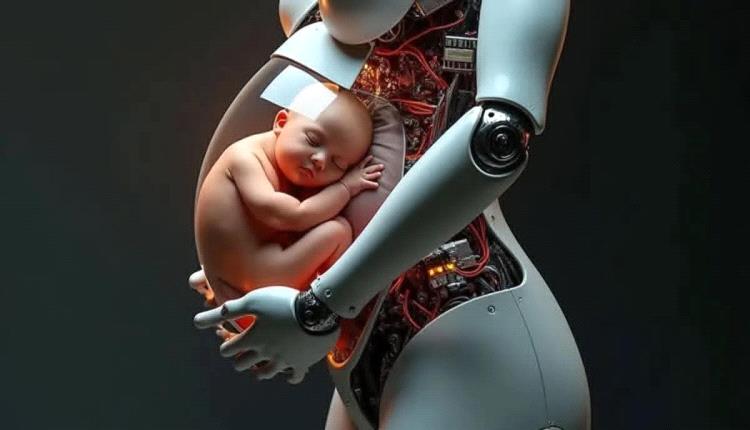China announces the first robot with an artificial womb capable of completing pregnancy and childbirth

The Chinese company "Kaiowa Technology" unveiled the world's first robot equipped with an artificial womb, capable of fully simulating the process of pregnancy and childbirth, in a technological development that has sparked widespread controversy among medical and ethical experts. The announcement came during the Global Robotics Conference 2025 in the capital, Beijing.
Zhang Chi Feng, the founder of the company, explained that the new robot enables the completion of fertilization and the growth of the fetus until birth, within an artificial environment that simulates the human womb, providing artificial amniotic fluid and a feeding tube as an alternative to the umbilical cord. He added: "The robot can carry the fetus for up to 10 months, offering a potential solution for individuals suffering from infertility issues or wishing to avoid the physical burdens of pregnancy."
The prototype is expected to be commercially available by 2026, at a cost of less than 100,000 yuan (approximately $13,900), according to the company.
The announcement has sparked a divide in opinions, with some viewing it as a revolutionary advancement in reproductive medicine, while others question its ethical and legal implications. Zhang confirmed that the project is still under discussion with the Guangdong provincial government to establish a legislative framework regulating its use.
It is worth noting that artificial wombs are not a completely new idea, as researchers at the Children's Hospital of Philadelphia successfully completed the growth of a sheep fetus inside a "biobag" in 2017, but experts point out that the transition from supporting embryos in late stages to full-term carrying still poses a huge scientific challenge.
Alongside the carrying robot, the conference showcased the first AI-equipped robot dedicated to accelerating crop production through artificial pollination, highlighting China's strategy to integrate modern technologies into the agricultural and medical sectors.